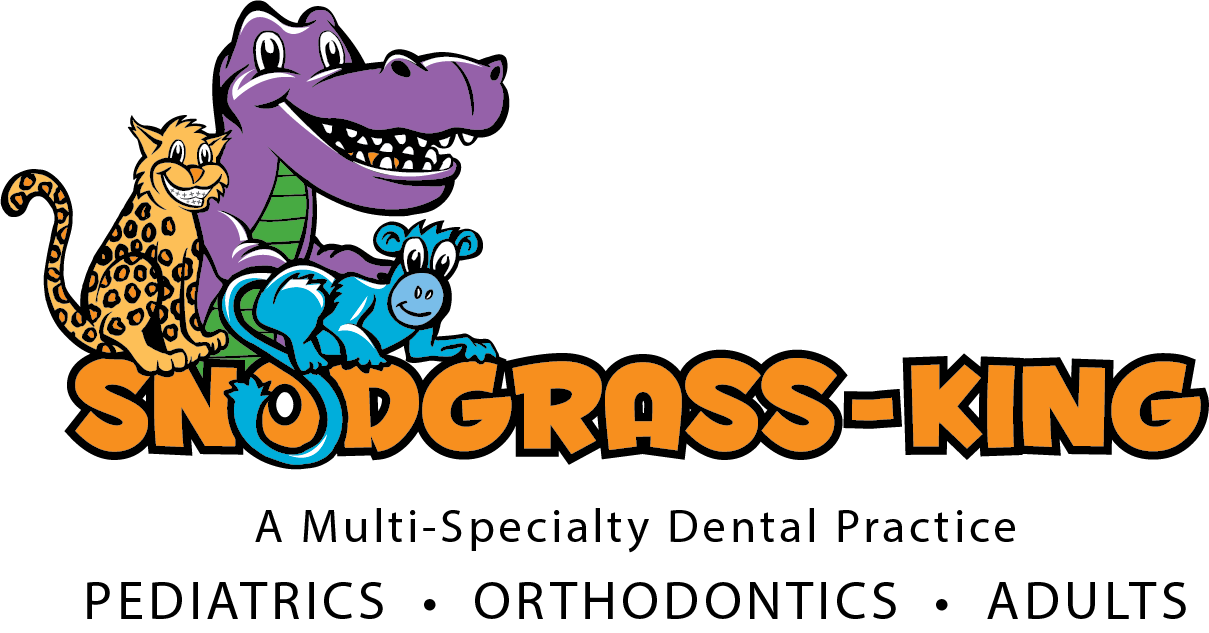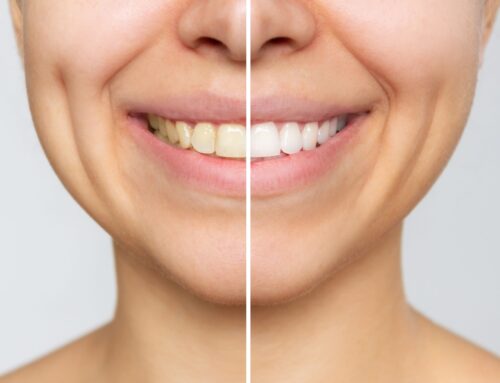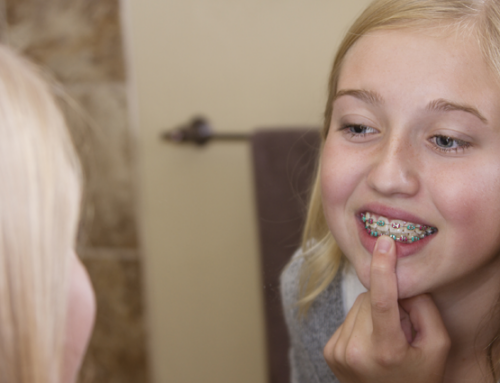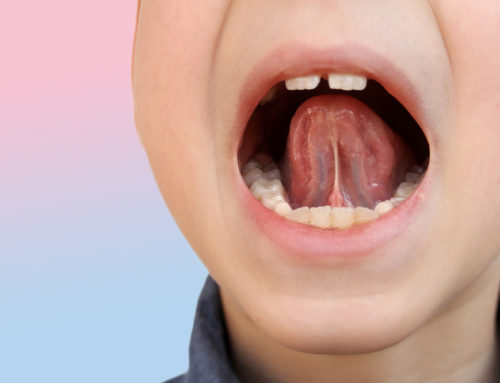Reasons Your Child Needs A Dental X-Ray
New parents may be skeptical about taking their child in for their first dental x-ray, but the American Dental Association – backed by studies and data – has proven that dental x-rays are completely safe for children. Yes, they will expose your child to low radiation levels. However, the possibility of experiencing any harmful effects is low. The diagnosis and treatment benefits of performing regular x-rays outweigh the risks by a landslide. Continue reading to learn why your child should get a dental x-ray at their next visit to the dentist if they haven’t had one already.
Pediatric Dental X-Rays to Diagnose
The number one reason why dentists recommend x-rays for children is to identify and diagnose tooth decay. Children’s teeth are softer and more prone to cavities than adult teeth, which is why we recommend regular x-rays and examinations at Snodgrass-King. Cavities can develop on any surface of a tooth, including between two teeth, which cannot be seen by the naked eye. These “in betweeners” require a bitewing x-ray, one of the most common types of x-rays ordered for young patients.
Dental x-rays are also often used to diagnose infections. And specifically, infections at the root of the tooth or teeth. Dentists also refer to these infections as abscesses. Tooth abscesses are generally caused by poor dental hygiene. Bacteria that accumulate in the form of plaque can make their way into the soft tissue of the tooth or gums if not properly or regularly removed by brushing and flossing. And can then cause an infection at the root of a tooth.
Most often, pediatric dentists use x-rays to diagnose cavities and oral infections in children. In addition, dentists also use x-rays to identify impacted teeth, emerging teeth, missing teeth, and even jaw problems. The dentist will most likely order a panoramic x-ray to get an entire view of your child’s mouth, including both the upper and lower jaw.
Much like other areas of medicine, dental practices use x-rays to better understand and treat their patients. Some conditions simply cannot be confirmed or identified without them.
Pediatric Dental X-Rays to Prevent & Prepare
The second most common reason dentists order x-rays, especially for children, is to develop a treatment plan for the future. Once your child begins shedding their baby teeth, dentists can use x-rays to determine a course of action for when their adult teeth start emerging. At this point, dentists will also be able to tell whether your child is a candidate for orthodontic treatment or not. X-rays show which adult teeth are coming in and at what angle. So if the dentist notices your child’s permanent teeth are coming in misaligned, they will likely recommend braces. Also, if your child has any developmental abnormalities, the dentist will be able to tell and can then adjust treatment and long-term care.
As far as procedures go, x-rays can tell a dentist when a tooth extraction is necessary based upon teeth that can potentially become impacted, and if your child is losing primary teeth quickly enough to make room for all their permanent teeth. Generally, x-rays can also tell dentists pretty early on whether or not your child will need to get their wisdom teeth removed. Wisdom tooth removal is a very common procedure.
More About Dental X-Rays for Children
At what age should my child get their first dental x-ray?
Every child’s tooth development and oral health needs are different. Although the most common age for children to start getting x-rays is 5 or 6, it could be earlier or later for some. Factors such as a high risk of tooth decay or limited tooth space may require x-rays at an earlier age.
What are the most common types of x-rays?
Standard x-rays for children include a bitewing x-ray and a panoramic. However, there are a few other types that are common depending on what the dentist is trying to see.
- Bitewing – Captures a view of the crowns of the upper and lower teeth in one area of the mouth; most commonly used to look for cavities between the teeth and to monitor previous filings’ wear or breakdown.
- Panoramic – Captures the entire mouth, including both the upper and lower jaw; most commonly used to identify emerging and impacted teeth.
- Periapical – Captures just one or two teeth from the crown to root.
- Occlusal – Captures the entire arch of the teeth in either the upper or lower jaw.
- Cephalometric – Captures the teeth, jaw, and head from a side angle.
How often should my child get x-rays taken?
The American Dental Association recommends dental x-rays for children every 6 to 12 months. Similar to the frequency of visits to the dentist in general, the number of x-rays per year can vary depending on your child’s specific needs.
Visit Us Today
At Snodgrass-King, x-rays are part of your child’s regular visits. It is important to capture areas of the mouth that the human eye cannot see in order to best serve you and treat your child. If you need a pediatric dentist or your child has not gotten dental x-rays before, you should schedule a visit with one of our dental specialists today.
Our facilities have been sanitized from floor to ceiling, and we will continue to follow all ADA, CDC, and local health department guidelines. We understand the concern you may have regarding COVID-19 and want you to know that we share those concerns and are ensuring your safety in our offices. For more information on what to expect at your next appointment, visit our website at snodgrassking.com
Snodgrass-King Dental Associates has 5 locations across Middle Tennessee (Mt. Juliet, Spring Hill, Franklin, and Cool Springs). Contact us today so we can jump-start you and your child’s healthy, dental lifestyle. We offer a variety of services for both children and adults. We can also address any orthodontic needs for children, teens, and adults. If you have any questions, call us today at (615) 771-1111.





